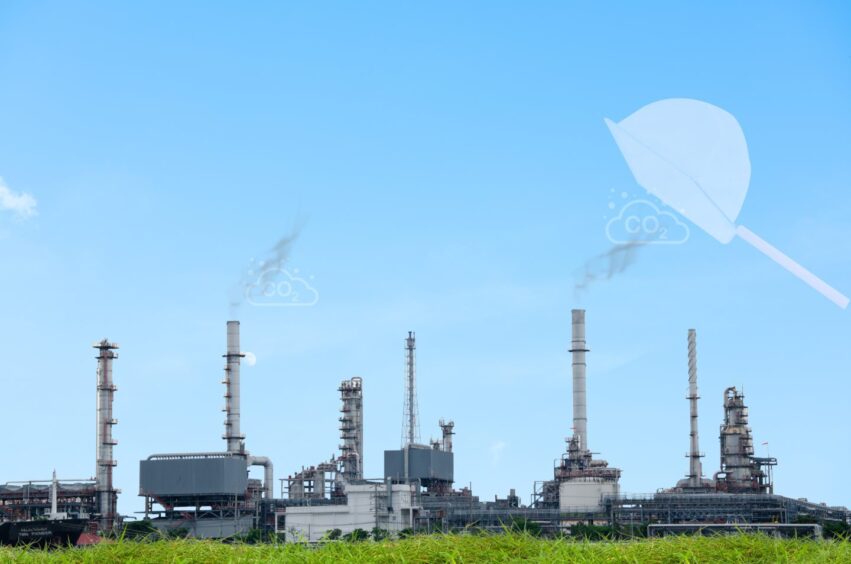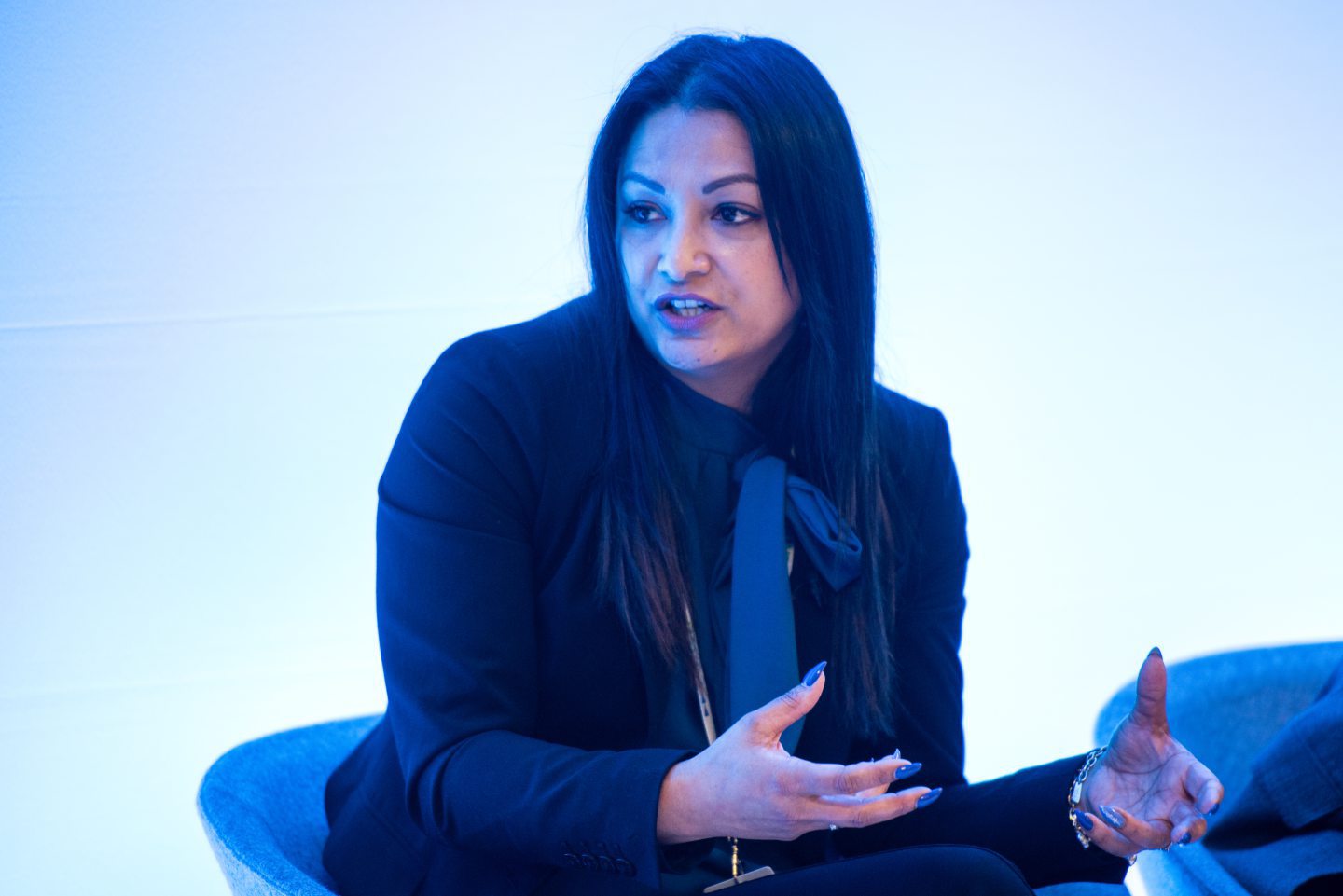
Experts say the nascent carbon capture utilisation and storage (CCUS) sector, hoped to be one of the UK’s next big industrial powerhouses, needs to become more transparent on its emissions profile.
Despite these hefty projects expected to keep emissions from entering the atmosphere, concern has been raised over transparency on the CO2 linked to projects’ overarching life-cycles, including their heavy industrial build-outs.
“We’re not having enough of these conservations,” says CCU International CEO Beena Sharma.
“If we’re capturing 50 tonnes of CO2 yet burning fossil carbon to power our capture technologies – for transportation, compression and injecting, not to mention the carbon footprint of workers, monitoring CO2 injections, the materials to build technology and equipment, and disposing of hazardous substances such as amines – if the carbon emission of that process comes in higher than the amount captured, then what’s the point?”
Key questions around overall energy spent on the life of projects, including their construction, are often missed out, and she argues that projects need a suite of Life-Cycle Analysis (LCA), Techno-Economic Analysis (TEA) and social impact analysis to get to the true emissions profile.
“I’m talking about measurement of emissions from cradle to gate, and from gate to grave, everything that is involved in that project which includes Scope Three emissions, because there are carbon emissions involved in any project to process that both utilises and stores CO2
“With the LCAs that we do, we should be able to show what those differences are so clients and customers can make those informed decisions.”
Chris Thackeray, global CCUS lead at consultancy Baringa, was the former head of wholesale markets at Ofgem before moving to the UK Government to develop its CCUS strategy.
Government strategy has focused on direct / Scope One emissions of projects which, in the main for the UK sector, is linked to gas as the point-source for emissions from heavy industry.
Thackeray believes that is the right call, and Scope One is likely to “dwarf anything else in the process, but that to be looked at and that’s why we need transparency”.
He said: “Of course, embedded within the delivery of this new sector, because it is a new sector, it’s going to require massive scale infrastructure build-out of those pipelines, of ships, of process engineering.
“And so all of those activities to build out and to operate the networks and stores have emissions associated with them across the life cycle.
“So you’ve got you’ve got Scope Two emissions, which is the energy you’ve got in the processes, then you’ve got Scope Three emissions associated with all of the materials that are required to build pipelines, stores, infrastructure.”
Scope One isn’t sufficient
Over time, then, he says a focus on Scope One-only won’t be enough – in part due to the different carbon profile of the gas product coming from countries around the world.
“I think only focusing on the Scope One emissions over time won’t be sufficient because (if) you think about the upstream emissions associated with gas – if you’re going to use gas in power stations and industrial processes and capture the emissions from those processes – it comes from many different countries around the world, and those countries take different approaches to managing, for example, methane leaks.
“And so what you want to know increasingly over time is what is the carbon intensity of the gas that you’re actually putting into the system.”
If, for example, an industrial plant is burning gas from a local North Sea producer, then that may have much lower associated emissions than imported LNG from around the world on the basis of transport emissions and stricter environmental regulations.
Even so, the development of the UK’s emissions trading scheme and carbon border mechanisms will see these types of Scope Two or Scope Three emissions of gas factored in.
He feels confident about the direction of travel for the UK ETS and carbon border policies, and expects that any emissions subject to higher carbon pricing will likely be reduced through competitive forces.
There is still more work to be done, though, to fully understand emissions across the CCUS value chain.
On next steps, he believes that understanding of the value chain would inform any move from government or regulators for greater requirements “because a lot of these projects have been subsidised and so it’s important that government understands the emissions intensity associated with the projects they’re subsidising”.
He said: “I think there’s much to do, but we’re in a position where the sector is really nascent and so the metering of CO2, the accounting of all of the materials and the gases in the in the value chain is, all very nascent but certainly needs to be developed.”
Asking the right questions
Beena Sharma’s company is a start-up tech firm for the “usage” of CO2 for commercial products in a circular economy, rather than storage.
She believes that, without full life-cycle analysis comparisons are becoming difficult to be made for investors seeking to ask “the right questions” to compare projects and technology.
That includes the social impact of capture plants using “amines” as a chemical absorption method – a regulated process by the UK’s environmental agencies which leaves behind traces of a carcinogen called nitrosamines.
That type of technology, which uses a process of “drying” the CO2 for storage, also typically has higher energy usage.
“As a client, if you want to incorporate a carbon capture system on your plant, whatever that plant is – a steel mill, a paper mill, a refinery – if you want to look at what carbon capture technology to go with, how do you do the comparisons? Most of the time, the question we get asked is around our cost of capture per tonne.
“What project developers, industry emitters and investors should be asking is what is the energy consumption per tonne captured – from the moment that you capture it to the point at which we can actually store it or do something with it and not assume that energy is ‘free’. Taking into consideration how that impacts the carbon efficiencies.
“What stakeholders need to know when you say cost of capture per tonne, does that include capex? Does that include opex? Does that include the energy requirement?
“With those three questions answered, anybody can do the due diligence on the right technology for their plant. Right now, industry emitters aren’t able to do that.
“We’re starting to see more and more of the right questions being asked. But a lot of them don’t and a lot need educating on what they should be asking.”
Recommended for you


 © Supplied by Kim Cessford/DC Thom
© Supplied by Kim Cessford/DC Thom © Supplied by DESNZ
© Supplied by DESNZ